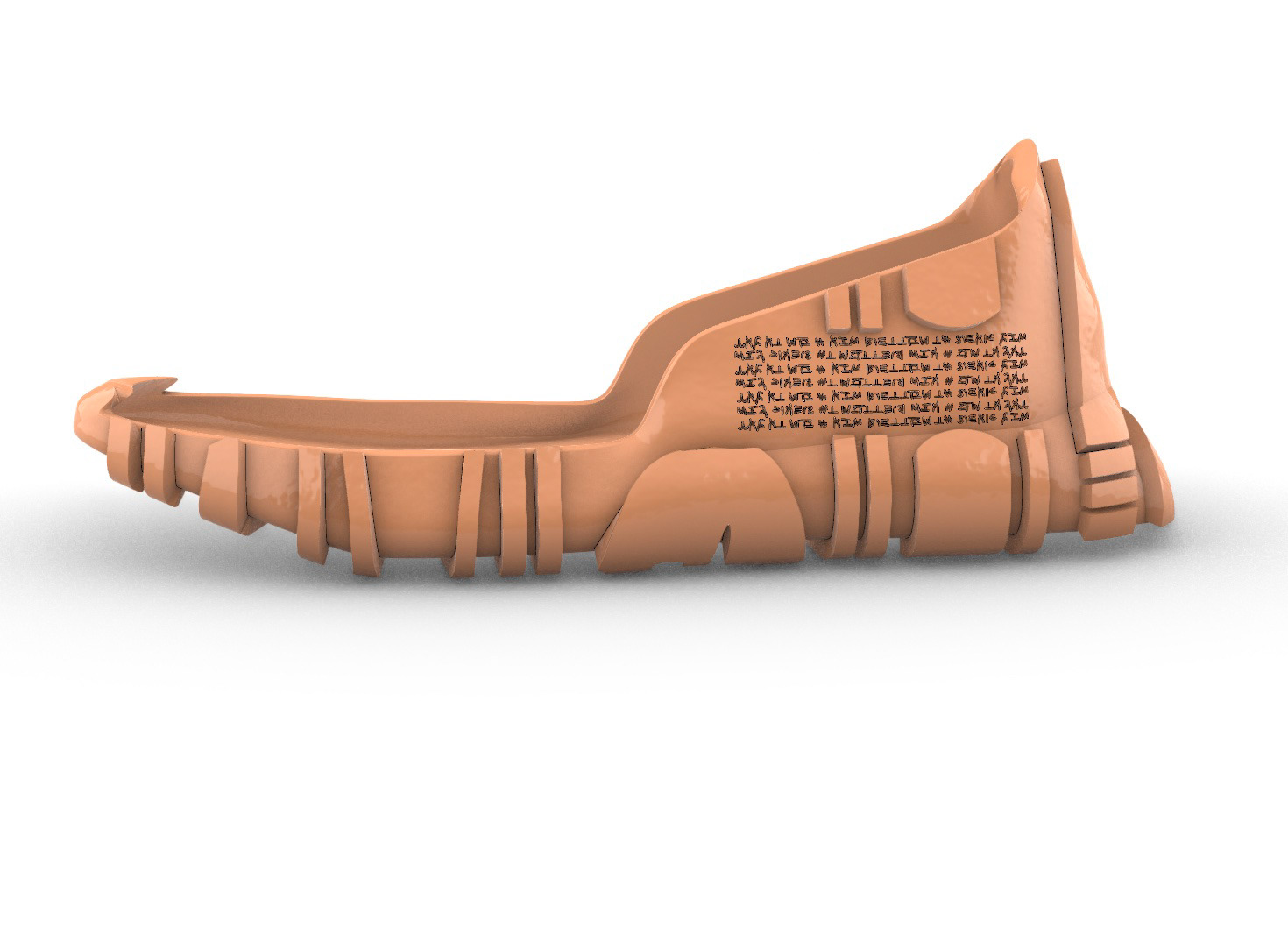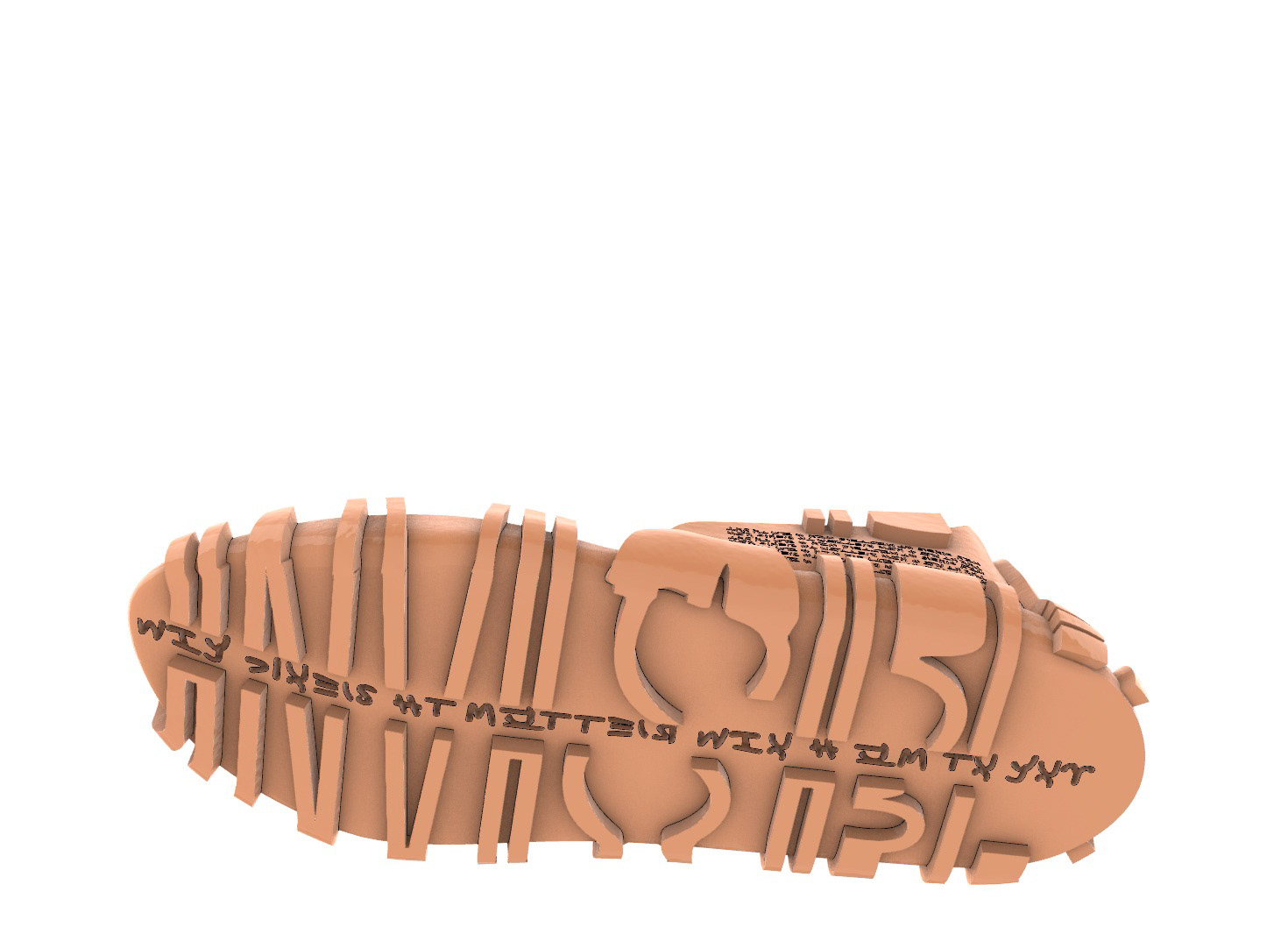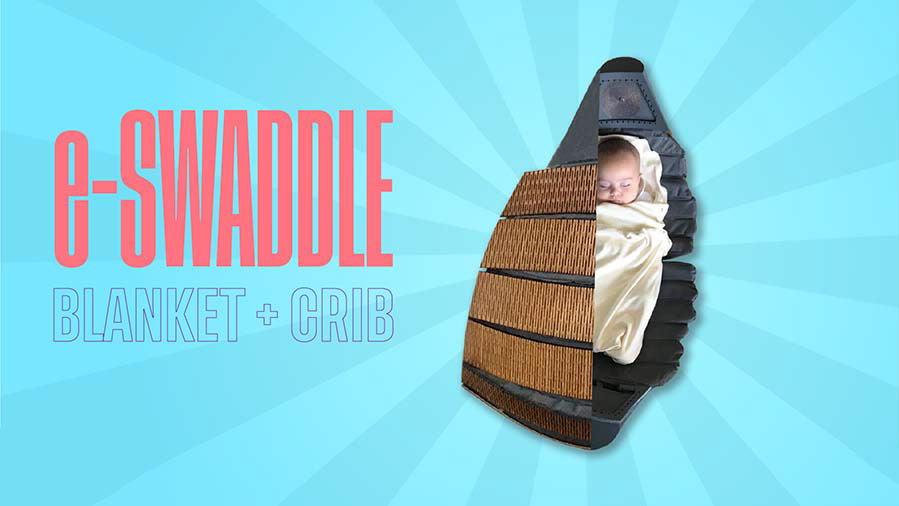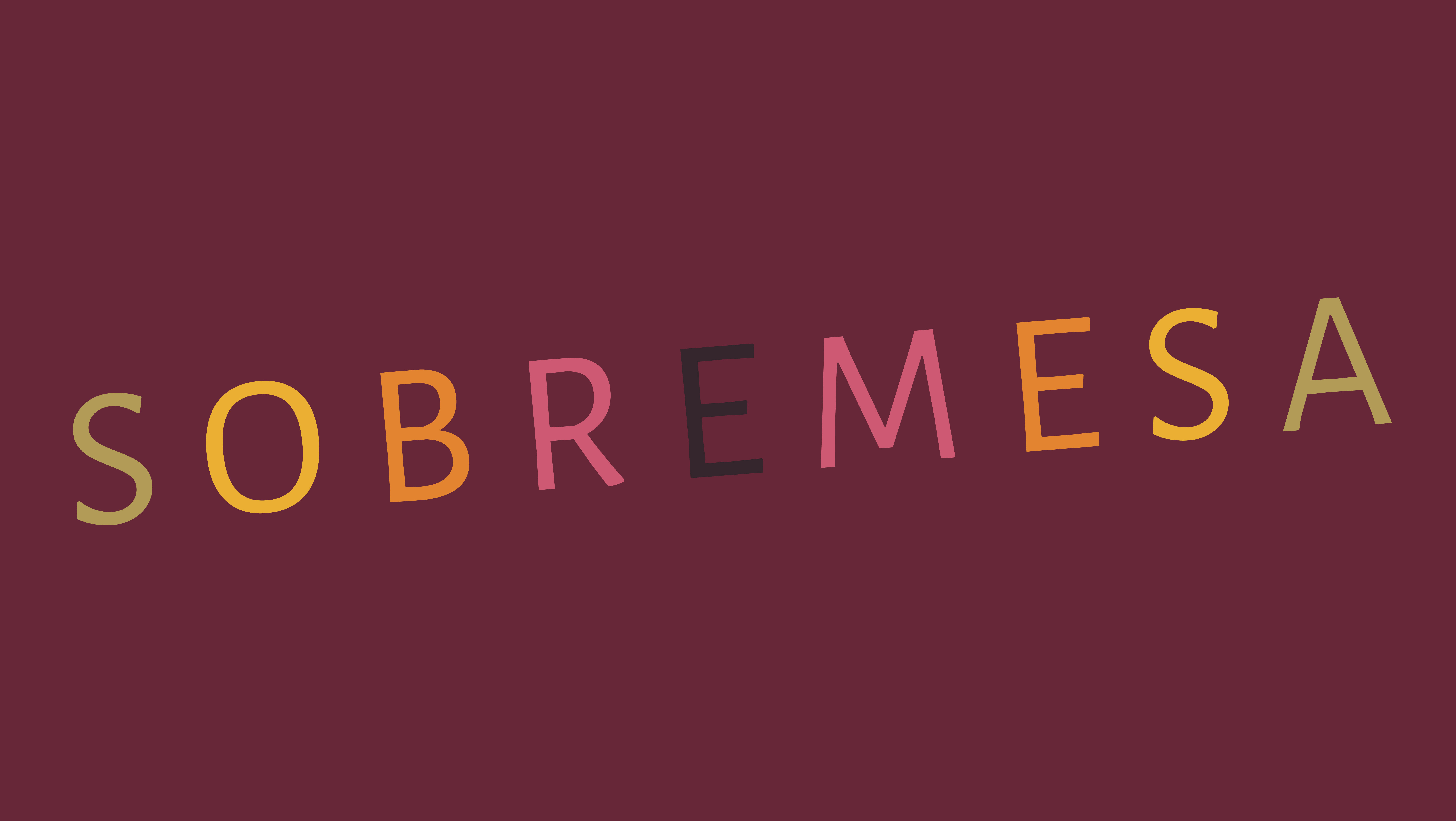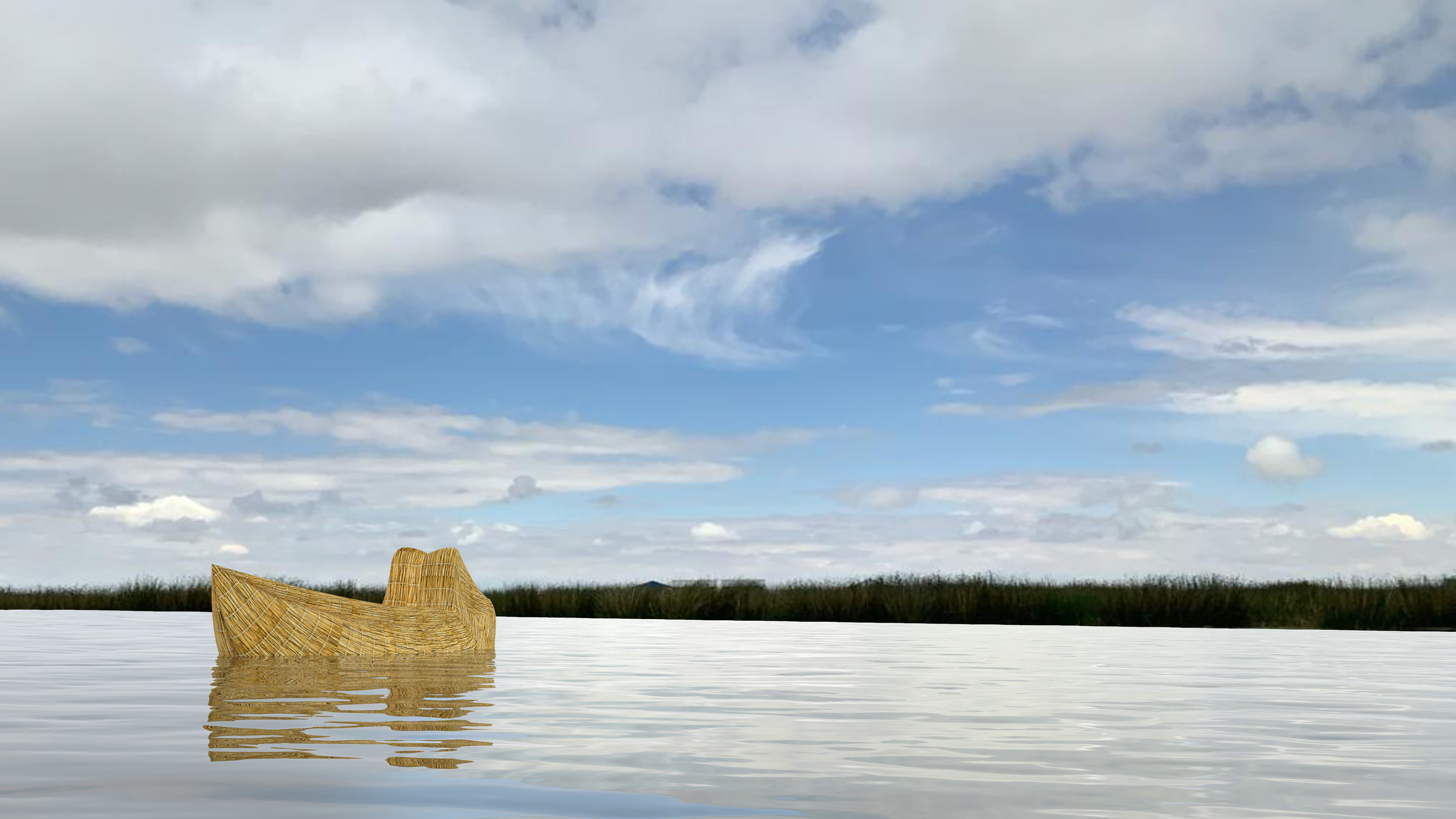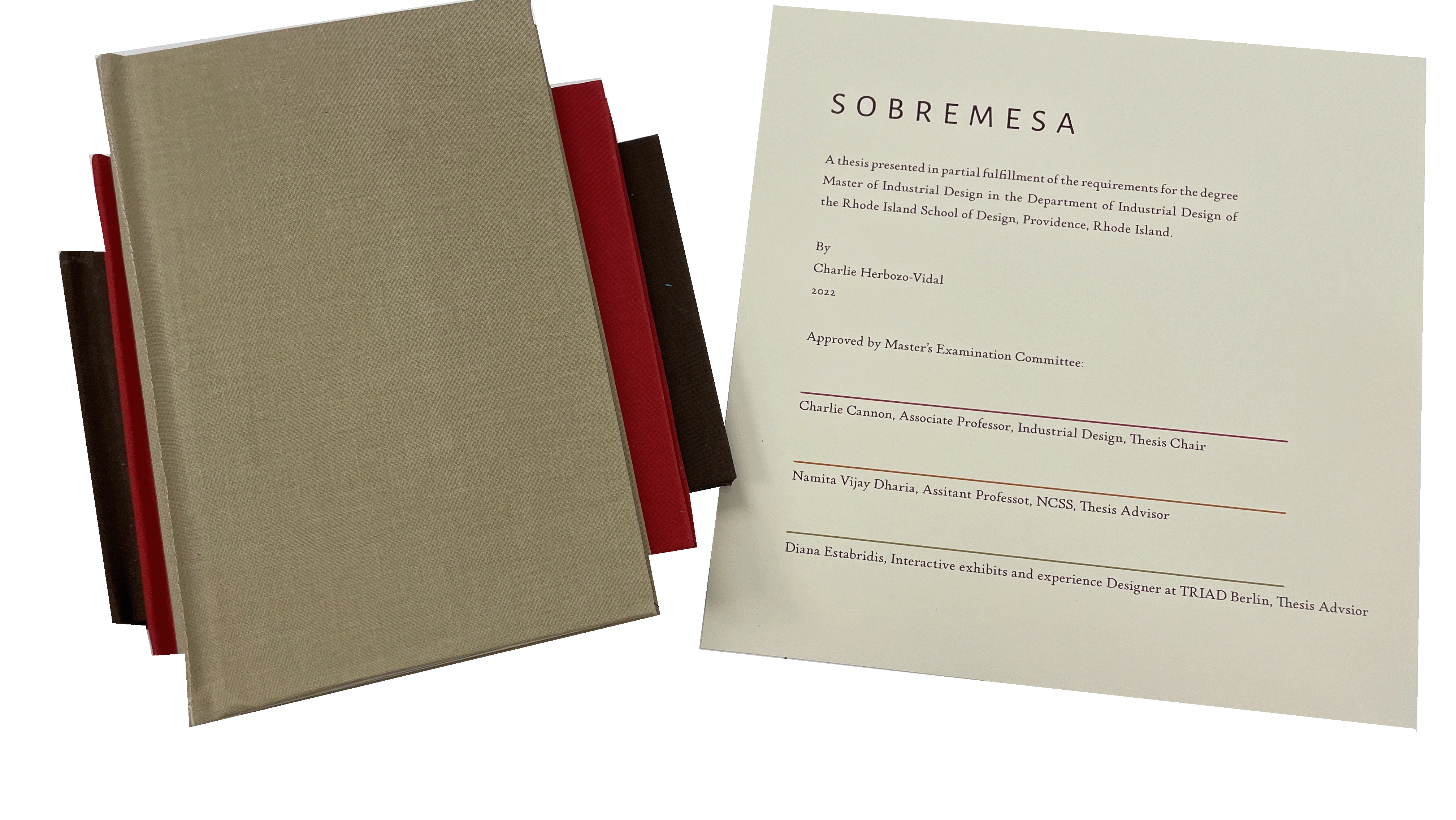How are the Objects we utilize a part of our identity?
Beginning as an exploration of footwear, What do you stand for led to a series of research probes that allowed me to understand people's experiences with objects, identity, and yes, their feet. Researching footwear as an expression of identity and individuality, as well as an opportunity for societal rules to be broken, I started to notice patterns or obstacles around fit and styling.
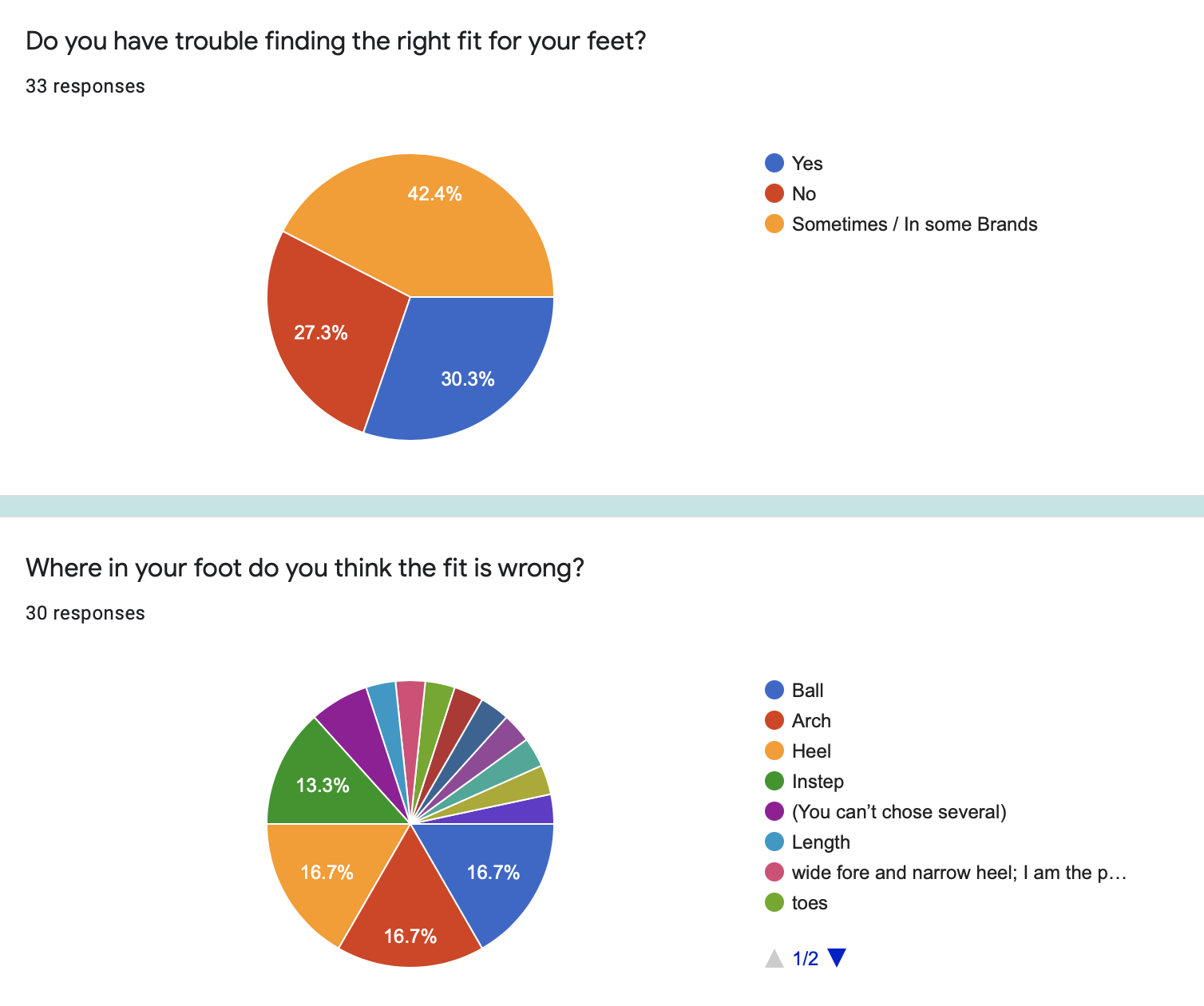
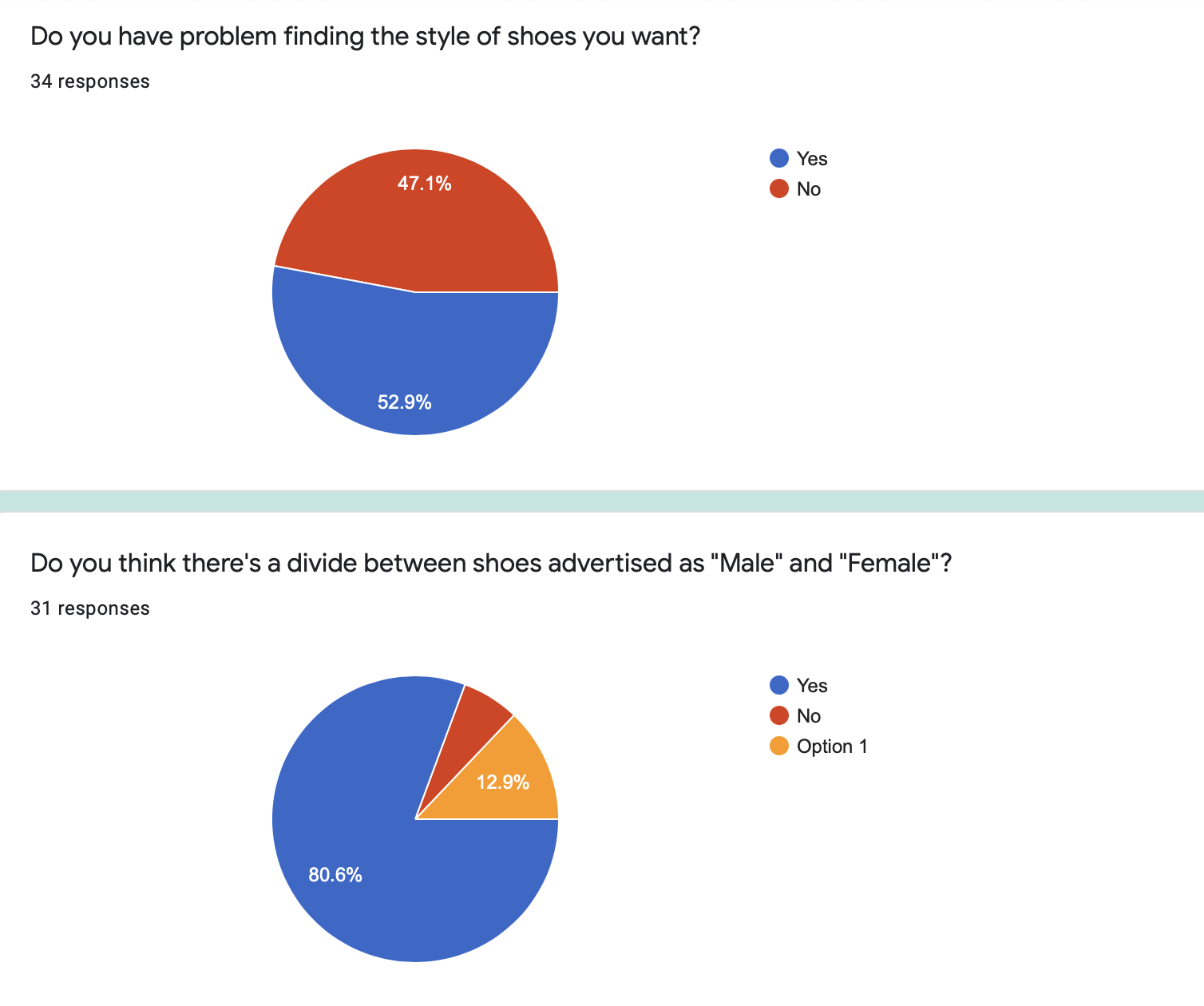
Fit was a problem of idealized standards of beauty
Styling was a problem of societal rules.
"I can Never find shoes that fit me... I feel like my feet ave no shape or form. I feel different from everyone else... Uncomfortable"
"I have tried to find shoes that fit me, but at this point I know I never will. I have resigned myself to be uncomfortable all the time"I
"My mom objected LOUDLY to me wearing 'non-conventional' shoes"
"I've never been able to wear what I want... I want to cross the male-female gap but my sizes don't exist on the other side"
The problem of Fit
While researching the fitting problems, one of the issues that surfaced was the history of mass produced shoes, and the standardization of lasts. Since the industrial revolution, lasts have been standardized to represent an idealized version of the human foot. A slim, narrow extremity that relates to few people.
TRUE LAST
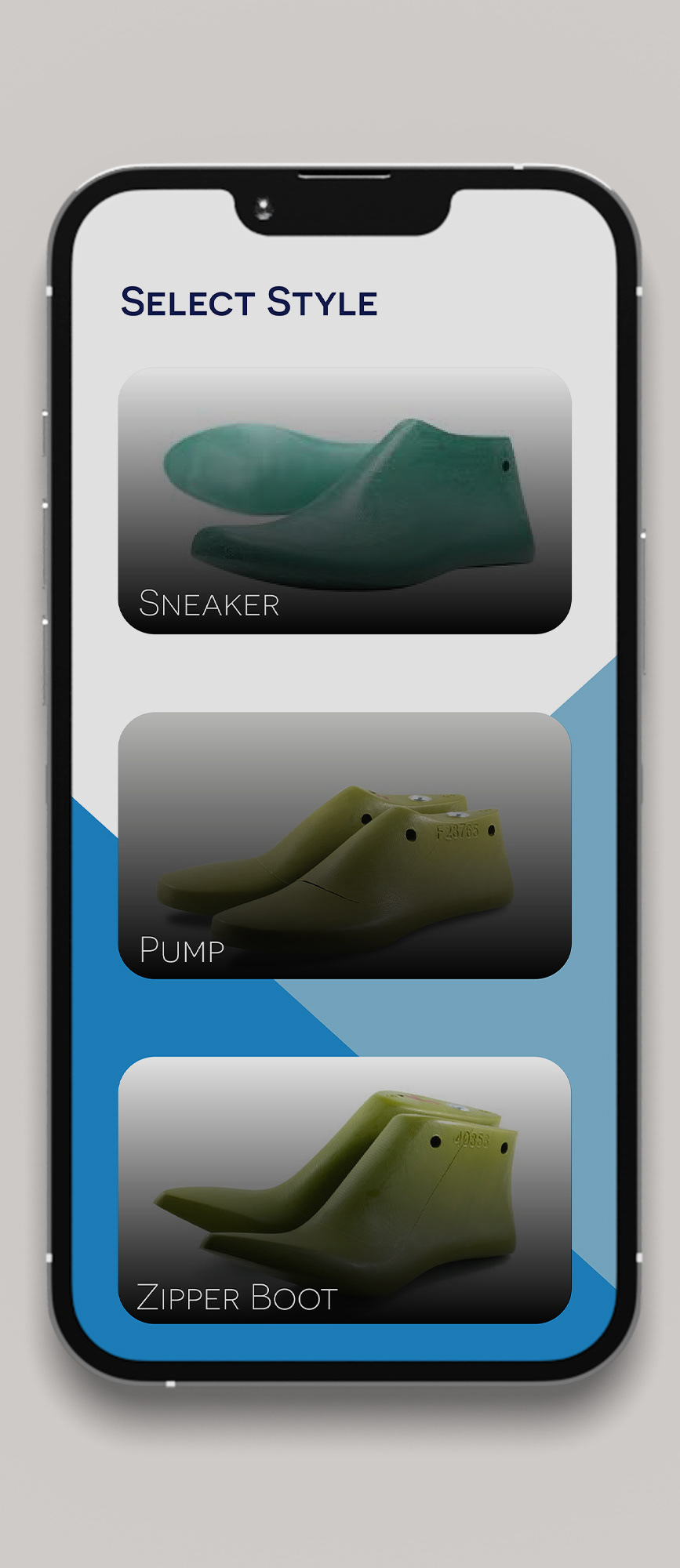
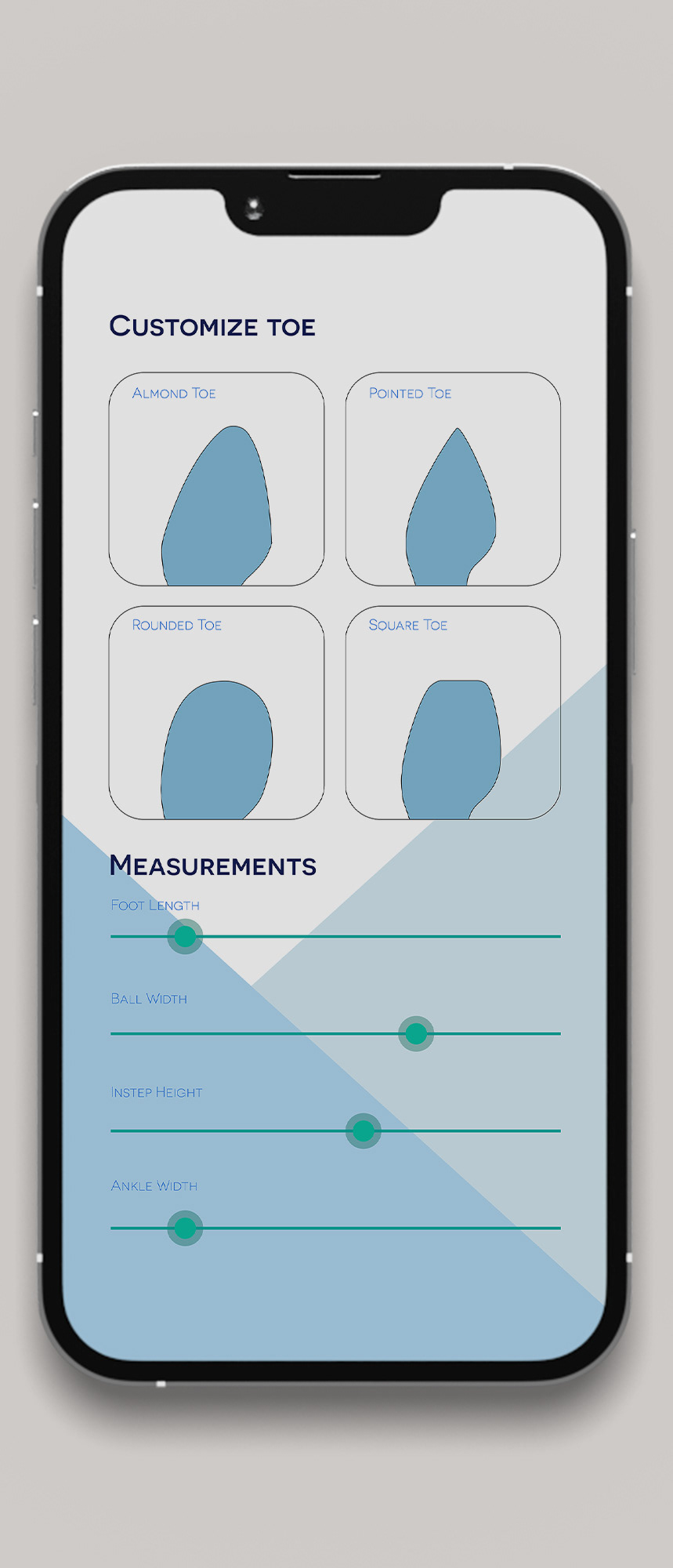
Utilizing Grasshopper as a tool for parametrizing lasts, True Last is a first step in creating fully customizable Lasts that can fit anyone. Not only does this give the opportunity for comfort, but also the chance to personalize style and aesthetic.
The problem of Style
"I run around all day at my job, but I'm required to wear formal shoes. It hurts my feet, but what can I do?"
"I never know if I am allowed to wear what I want when going to work events... Will people judge me for my tattoos? Can I show toes?"
"I've often tried to express my gender identity through my shoes, but they feel too constrained."
"I can never fully cross the gap. I feel judged, or I never find my size in what I like... why is there such a divide anyway?"
While researching the styling problems, two issues surfaced. On one hand, professional constraints and social expectations preventing people from being comfortable at work. On the other hand, there is an issue of gender expression and identity that is being trampled by social norms, and customs.
Athletic Elegance:
An exploration of Professionalism and Comfort
In exploring comfort in the workspace, I tried to mix up professional styles with comfortable shapes and materials. Is it time to move on from leather and on to knit materials? Are traditional leather and wooden soles perhaps too rigid for the modern manager? How could soft rubber soles like the ones used on sneakers be adapted to more formal styles?
Is it time to do without the rigidity of social expectations?
What do you stand for?
Collaboration with Laura Koven
While exploring the issues faced by the LGBTQ+ community, Laura Koven (MFA Textiles '22) and I found the desire to show non conforming identities through the use of apparel, in particular shoes. Working with the concept that


